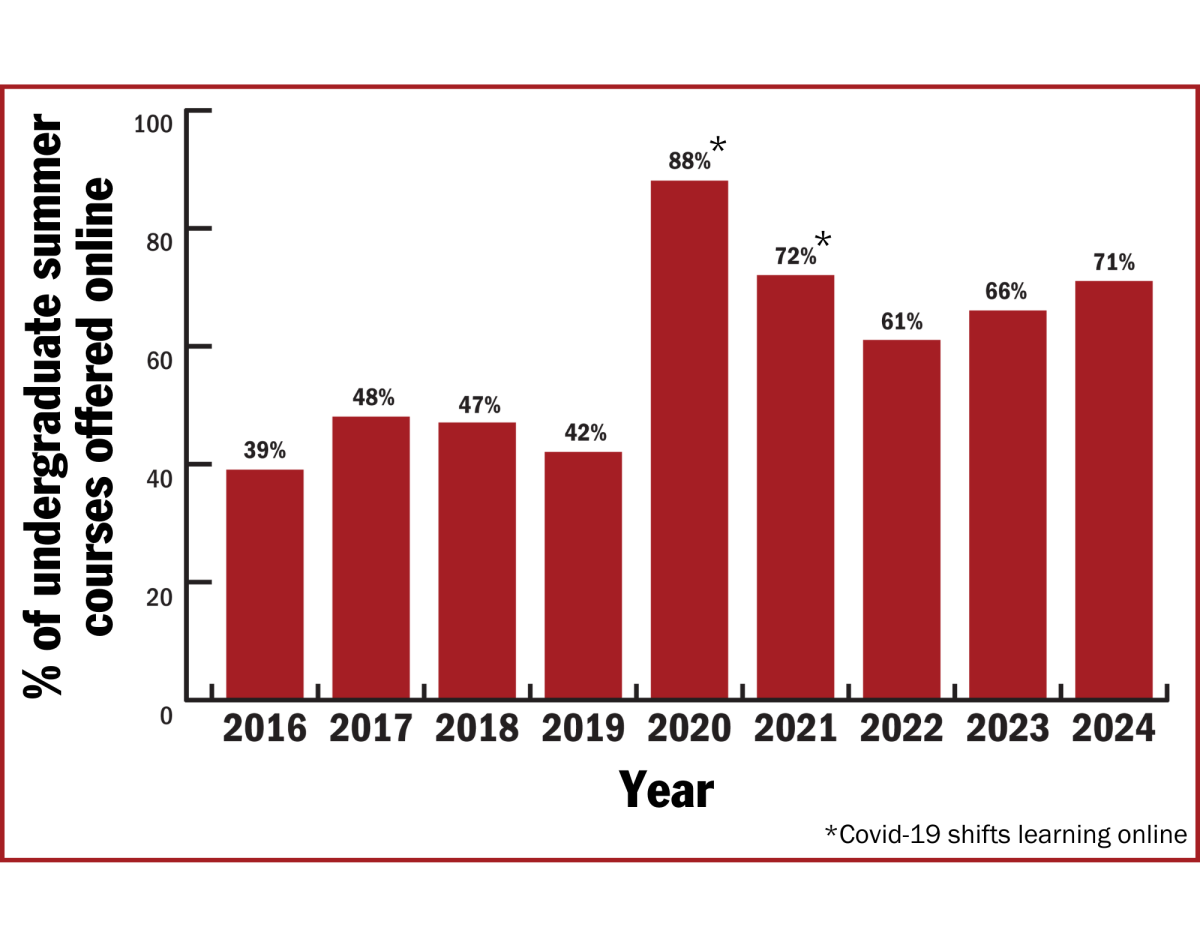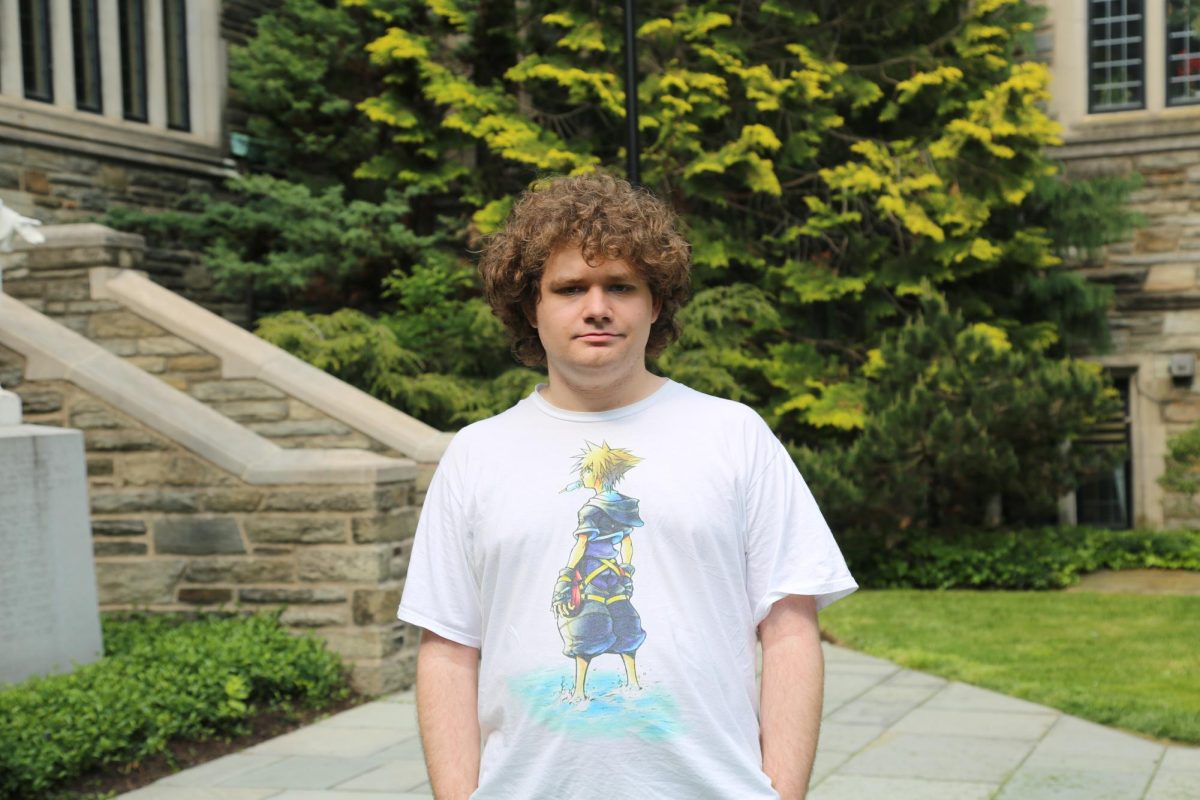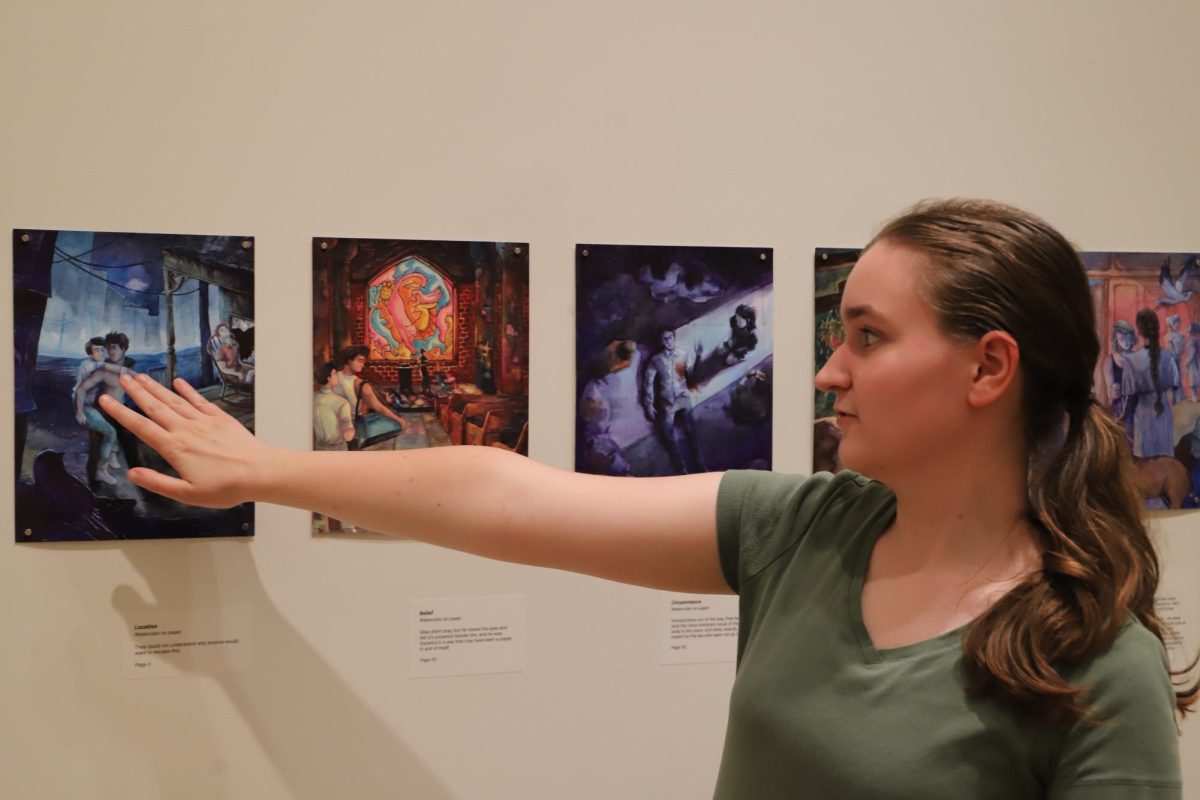What separates St. Joe’s from Temple University, the University of Pennsylvania, Drexel University and Haverford College? All of these other Philadelphia-area colleges have a land acknowledgement statement, written by the institution in order to recognize the specific Native American tribe that once occupied the land the institution is built upon. Villanova University has an entire page on its website dedicated to the area’s history, and the first sentence states that the university is built on the land of the Lenni Lenape tribe. In fact, each of these universities have a page on their website dedicated to the statement, often paired with an expanded history of their institution’s land and tribal origins.
St. Joe’s has no such statement.
A university’s inclusion of a land acknowledgment statement is the bare minimum in terms of creating a community of active respect, justice and allyship to the Indigenous members in and surrounding the institution. At many colleges and universities, this statement does not simply reside on the institution’s website. It is also read aloud before all events and activities on campus such as campus tours, graduation ceremonies and sports events.
Of course, a statement that appears on the website and read before campus events is merely preformative if it is done without action to create an environment that emphasizes diversity, equity and inclusion. St. Joe’s knows how to do this, yet, with required service-learning courses, the annual Day of Dialogue and the Jesuit mission that drives the DEI efforts at the university, the lowest expectation regarding validation of Indigenous identity has been overlooked.
In fact, at last year’s Day of Dialogue, several faculty members hosted a panel session titled, “Toward an Indigenous Land Acknowledgement at SJU,” which argued that land acknowledgements are a “necessary first step in advocating for Native Peoples and their cultures” and sought to “advocate for a process for making an official university Land Acknowledgement.” So far, such a statement has not materialized.
There are key components in developing a land acknowledgement statement that university members must become dedicated to. These include self-reflection, historical research — including research in the use of appropriate terminology, and community outreach. The Native Governance Center even recommends compensating Indigenous people for their emotional labor in helping to do the work to create these statements.
The front page of St. Joe’s website currently states “Building for Tomorrow,” which only further cements the rhetoric of Indigenous tribal extinction. Native tribes are not a thing of the past. While this institution builds “for tomorrow,” while it heralds new buildings as part of its latest campus plan, the absence of a land acknowledgement statement is glaring. In the eyes of an Indigenous member of this community, advertising like this also signifies Indigenous cultural erasure.
We can do better than that — and should.




































